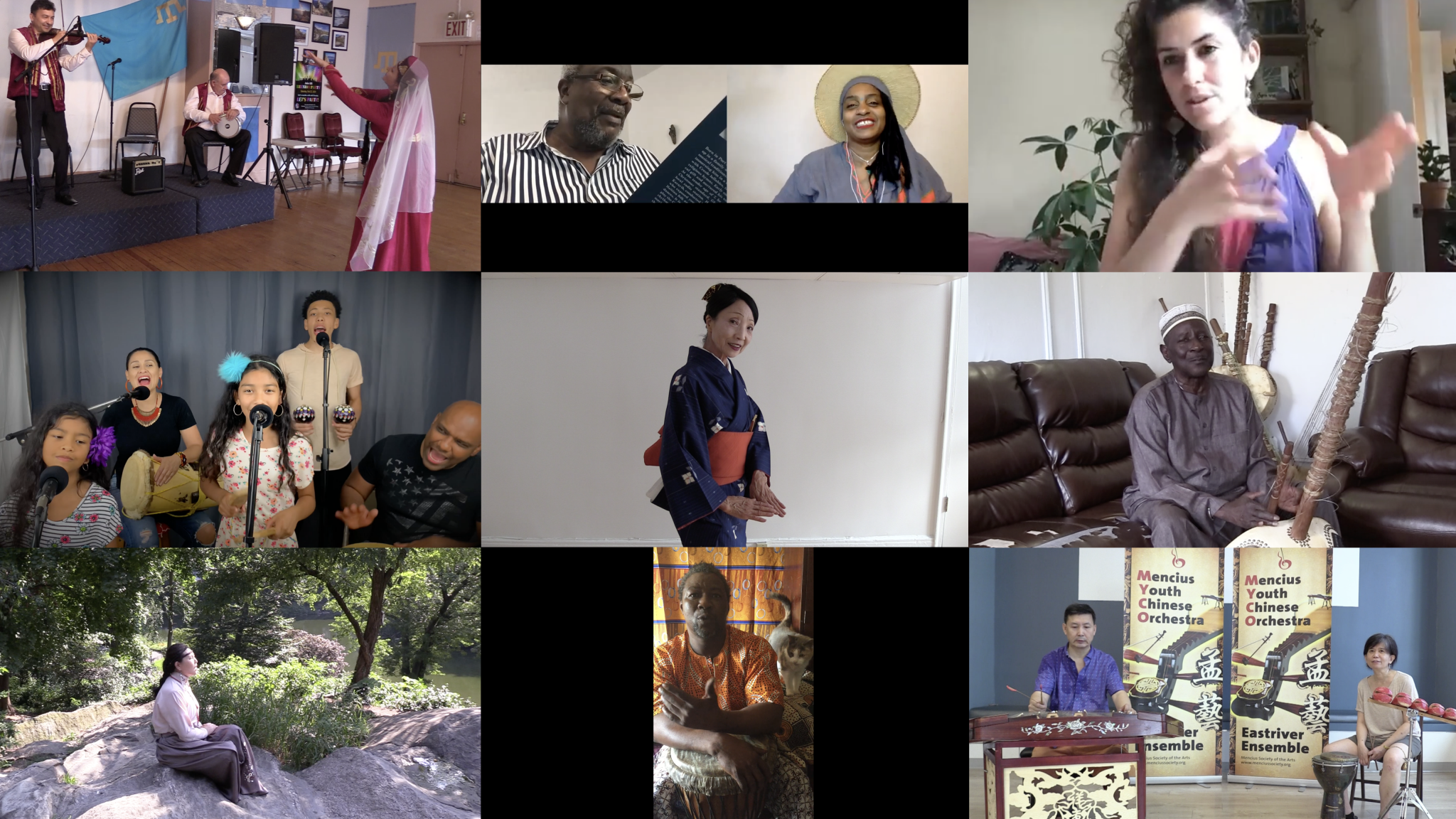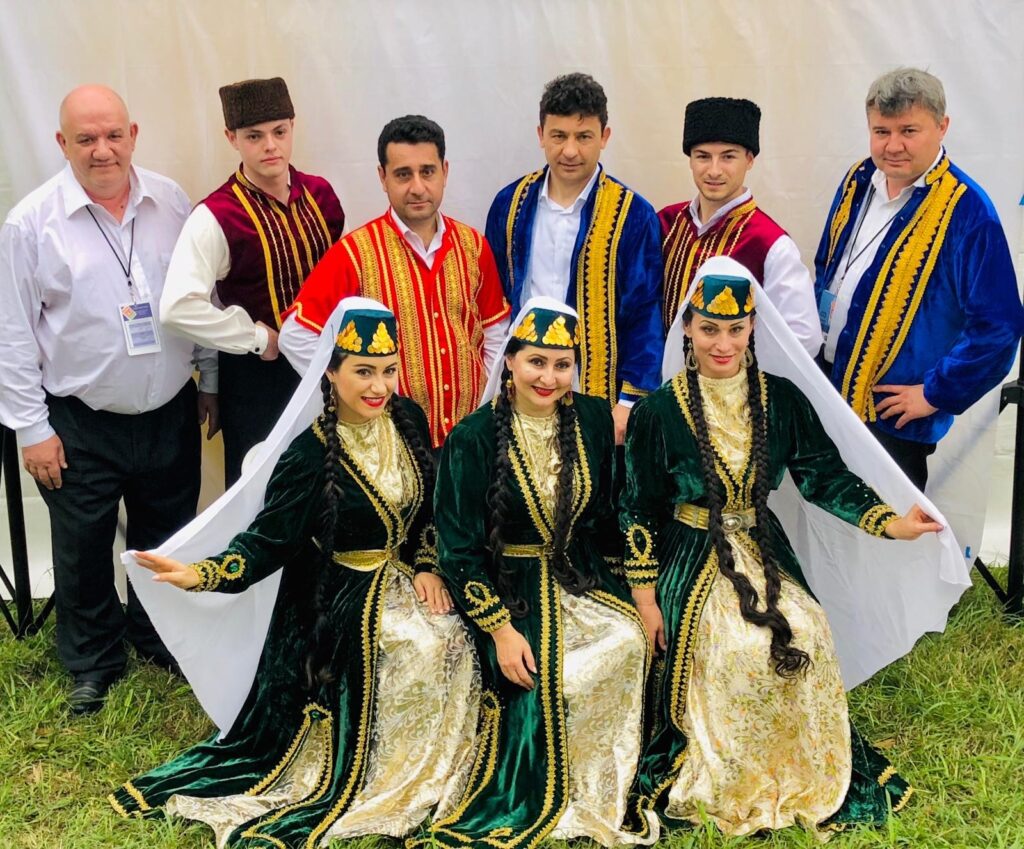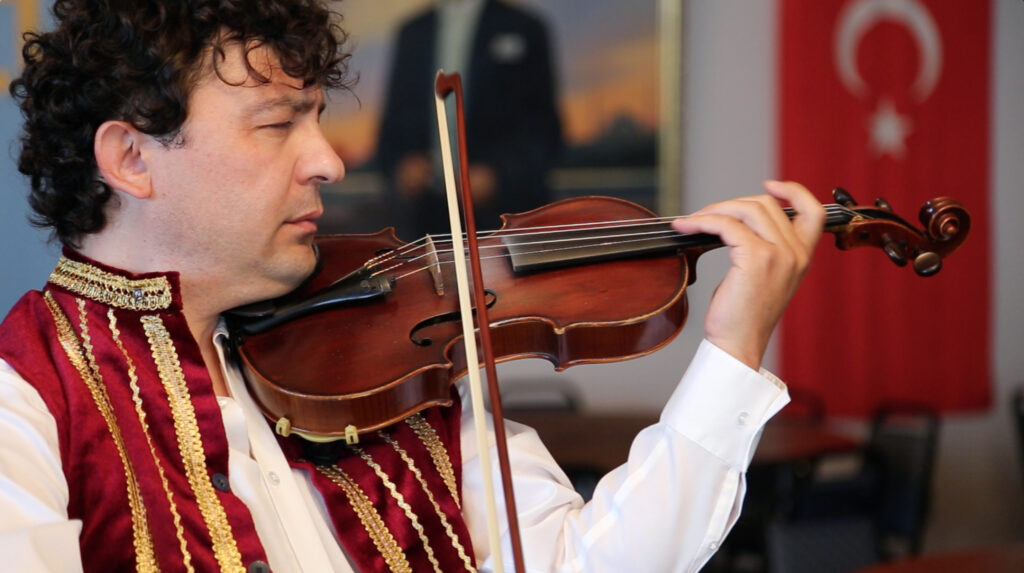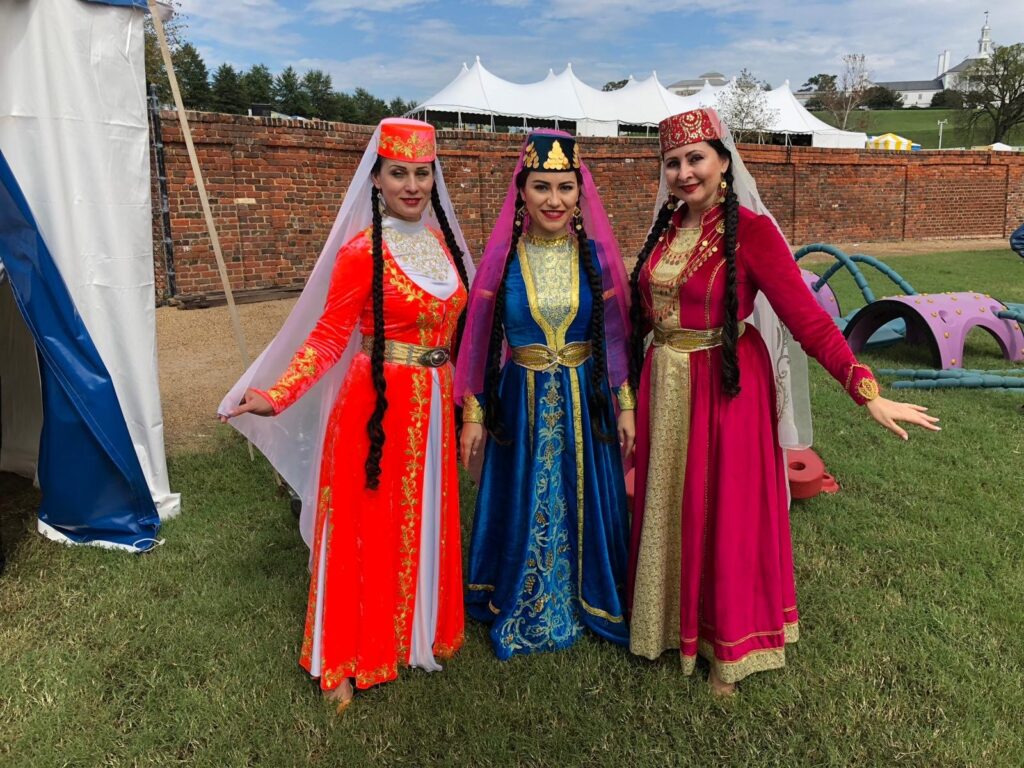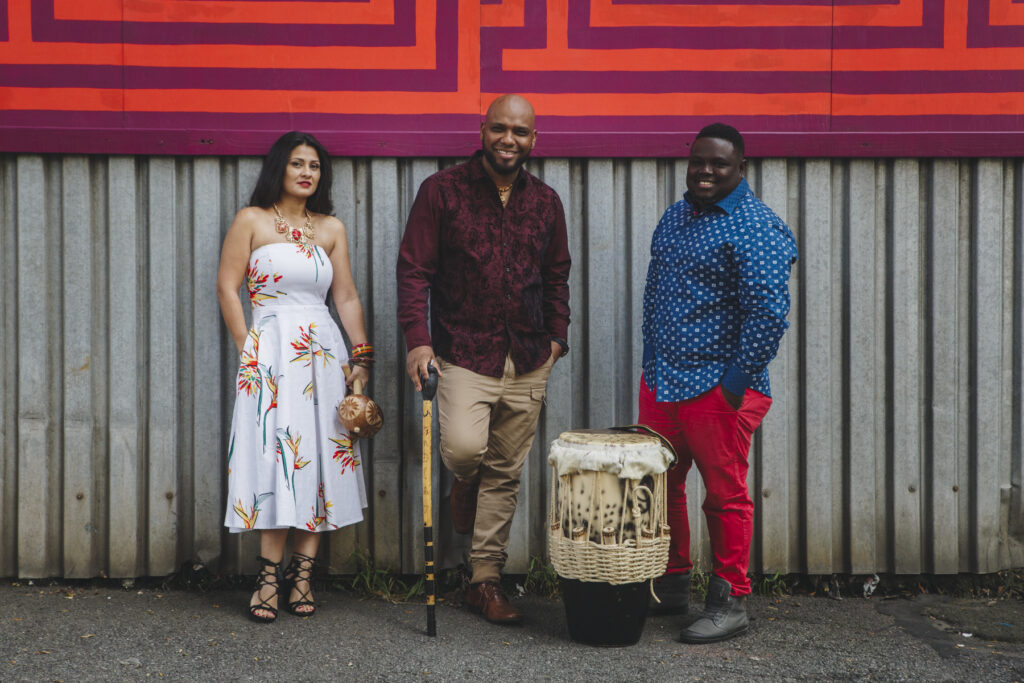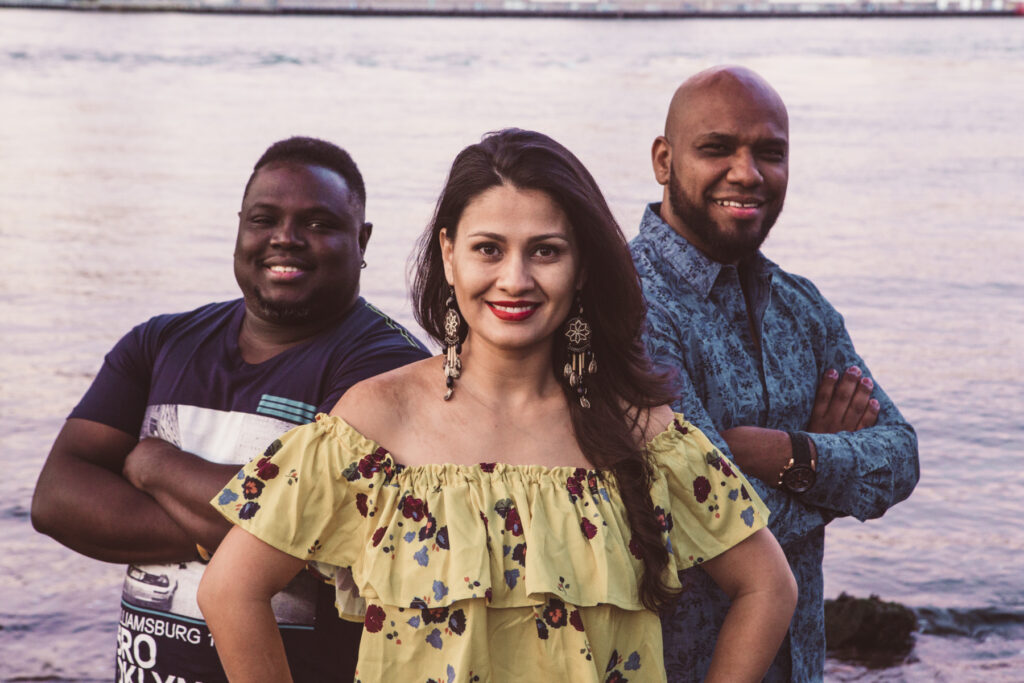Founded in 1968, the Center for Traditional Music and Dance (CTMD) supports New York City’s immigrant communities to sustain their distinctive performing arts traditions and promotes cross-cultural appreciation by sharing these art forms with audiences around the city. Not missing a beat during the pandemic, CTMD moved to an online venue and environment with its programming and the most recent example is Beat of the Boroughs NYC Online to celebrate and support immigrant artists during this difficult time.
Since Monday, November 16, CTMD has been showcasing 54 immigrant artists from the five New York City boroughs, highlighting three a week (Mondays, Wednesdays and Fridays at 5:00 PM), and in each of these virtual presentations, artists either performed, led a workshop, and/or shared their stories, traditions and experiences. The artists—including several National Endowment for the Arts Heritage Fellows—represent the strength and diversity of the cultural sector in the City’s five boroughs, with traditions hailing from Bulgaria, China, Colombia, Gambia, Haiti, Iraq, Japan, Mongolia, Ukraine, and West Africa, among other areas. Audiences can still tune in to these performances at CTMD’s You Tube channel https://www.youtube.com/user/CTMDProgramsConcerts or Facebook page https://www.facebook.com/CTMDnyc.
The pandemic has hit performing artists especially hard because of canceled concerts, performances, exhibitions, and other events. Folk and traditional artists are among the most vulnerable members of the creative community, often coming from new immigrant and underserved communities. Many of these artists have structural impediments including the digital divide and language barriers to access federal relief funds or private sources of funding.
Martin Koenig and Ethel Raim started the Center for Traditional Music and Dance originally as the Balkan Arts Center to share with New Yorkers the beautiful music and dances of the Balkans and Eastern Europe. But in the mid-1960s, federal immigration laws beginning with the 1965 Hart-Cellar Act, opened up the US to immigrants from around the world. So, as the city’s immigration patterns diversified, the organization evolved to present artists from a diverse range of communities and traditions.
Peter Rushefsky, the Executive Director of CTMD, said “CTMD’s focus on under-the-radar performing arts has always created a challenge in attracting ‘mainstream’ audiences and vital funding– particularly when our concerts are held in community centers in immigrant neighborhoods. But we think those who venture ‘off the beaten track’ for CTMD programs, experience something truly special– transcendent performances and a window into the vital role that traditional arts play in the life of a community.”
One example of CTMD’s programs is the New York Crimean Tatar Ensemble which has roots in both Simferopol, Crimea and Brooklyn. The ensemble was first established in Simferopol in 1990, when Nariman Asanov (violin), Eldar Ibraimov (keyboard), and Aziz Veliev (clarinet) met at the Tchaikovsky Music College. Born in Central Asia in Uzbekhistan as most of the Crimean Tatars had been forced to leave the Crimea in 1944, Nariman Asanov started playing music at the age of seven.
“I was the only child in my family who learned how to really identify with the folk music. Although far from home, the Tatars lived closely together and valued their communities,” Nariman said. “We love so much culture – costumes, food, visual arts, poetry, jewelry making and fine art. My father was also very musical and he wanted me to play the national folk tunes. Hyderbad (music and dance) soon became my second life thanks to my father. In 1988, we [Crimean Tatars from all over the world] got to go back home to Crimea; it was a long and difficult trip and it was challenging. No one welcomed us – no homes, nothing. But on summer nights the musicians would come together. We did not even know each other but we would find each other and bring our instruments and play our national music together. It is an oral tradition, and it became part of my physical and biological system. I love this folk music. It has become a mission,” Nariman said.
The band has grown with Rustem Faizov (trumpet) and Lennur Mamutov (hand drum) and the Ensemble has been playing together since the mid 2000s, with the addition of Patrick Farrell (accordion) in 2010. The Ensemble supports the distinct Crimean Tatar cultural tradition and identity by playing at public performances, weddings and other gatherings. They also have played at Lincoln Center, The Metropolitan Museum of Art, Columbia University and the United Nations. Alongside performances, the band supports the Crimean Cultural Center’s junior dance school, which teaches traditional dance and music to the young generation living in New York. No matter what occasion, The New York Crimean Tatar Ensemble gives a performance steeped in tradition and spirit.
Another example of a traditional music band in Brooklyn is also very lively and danceable but this time hails from the Americas. Gaita and bullerengue, cumbia, tambura and chalupa form the core of the music of Grupo Rebolu, a group founded in 2004 by Ronald Polo (vocalist/composer/gaitero) and Moris Canate (master folkloric percussionist) , friends from Barranquilla who trained together and have toured internationally since the age of five. Vocalist and cuatro player Johanna Castañeda later joined them as a key member of the band and is now the manager.
Their music is rooted firmly in the rhythmic and melodic bases of folkloric Afro-Colombian music and expands on them by mixing new harmonies to promote the rich musical traditions of their ancestors. Along Colombia’s Caribbean coast people of African, Spanish, and indigenous heritage have been intermixing for centuries, resulting in a widespread blending of cultures—from cuisine and language to traditional music, instruments, and dance forms. Grupo Rebolú sings in Spanish and performs on a mix of indigenous, African, and Western instruments. The band’s instrumentation includes gaita, a native flute made of a hollowed-out cactus stem; maracas; a llamador, a small drum native to the Caribbean coast of Colombia which plays the upbeat; an alegre, a hand drum similar to an African djembe; and a tambora drum. Rebolú’s musicians include a horn section of Seth Trachy on sax and Dan Blankinship on trumpet, percussion by Erika Parra, Eric Kurimski on guitar, and Carlos Pino on bass.
Johanna said recently, “Music keeps us together – I have met more people and [experienced] more unity [from] people I meet in festivals and shows. Fans and friends are always coming to shows and showing support. Our music is very positive and high energy and brings so much positivity. It’s like having a huge family all the time. They inspire and give joy. During Covid, musicians got hit really hard and we are used to being in live events. We lost tons of shows, festivals, tours and events. The whole year is just crashing down; It takes so much time and effort to open doors and now this COVID happened. We are grateful for the technology and to do virtual concerts. We are trying to survive with four musicians and changing the ensemble to do some live shows just to get some money. We are also doing the Beat of the Boroughs and CTMD is a great organization and they do great work with the communities and the arts.”
Beloved in New York and among fans across the U.S., Rebolú is now building an international reputation after a showstopping overseas debut and closing set at the 2016 Montreaux Jazz Festival in Switzerland.
By Victoria Larson, Editor, Side of Culture
VK Larson Communications

